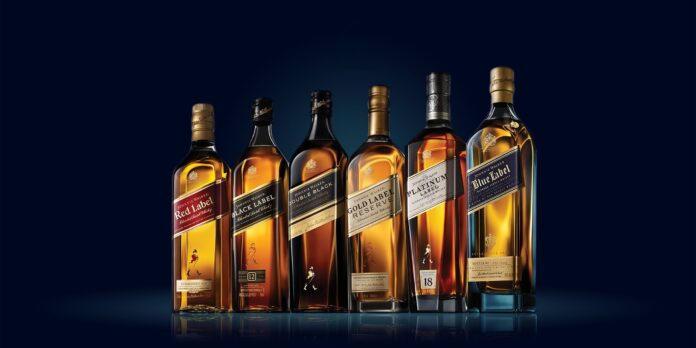
There are those select few brands in the world that everyone knows no matter how much they use their products or consume their goods. As soon as you hear the name or see the logo, you instantly know what it is but you struggle to remember when the first time you heard about it was. This is because they have been around for decades and they are larger than life in a sense that they do not need that much advertising since everyone constantly talks about them. At their best, they are synonymous with the market, industry, or product type they represent.
In the world of beverages, there are quite a few such names. For the purposes of this article, we will however focus on the fine alcoholic beverages with decades and even centuries of tradition and success. Even more precisely, it is the Scottish whisky department of beverages and the most popular of them all, Johnnie Walker. You probably know a thing or two about this whisky already but then again, there is always more to learn and find out.
If you like to know more about the products you consume or the ones you want to make a part of your line of trusty brands to support, make sure to read the article thoroughly and learn some of the most interesting facts about this drink. What is more, we highly advise you to check out oaksncorks.com and their extensive offer for all of your beverage needs, be it for your own collection or as a gift to someone special.
Also, whiskey gifts for men is one of the best choices if you are planning a birthday gift for your loved one.
1. There was Indeed a Johnnie Walker
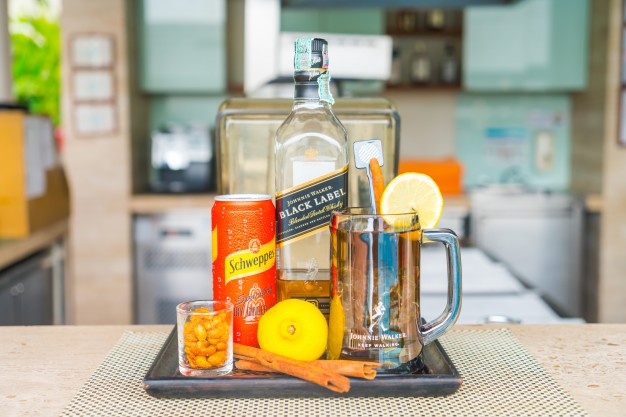
While many brands carry the full name of a person, not all of them were real nor were they the founders of the brand. In the case of the most famous Scottish whisky on the planet, there was indeed a man named Johnnie Walker. John started his life as a farm boy on their family farm, but when his father died they had to sell it and find other work.
2. Grocery Store before Distillery
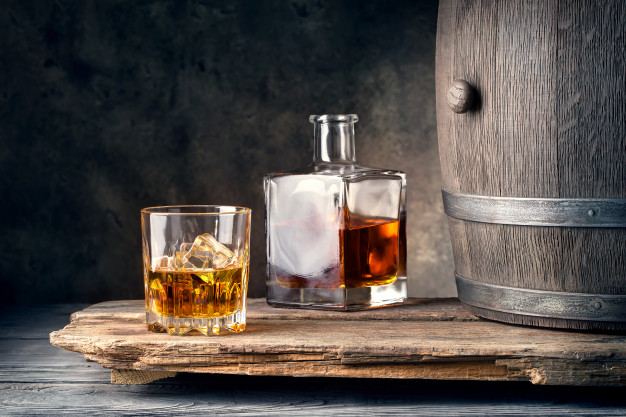
Before the whole whisky operation and whisky production, the Walker family owned a grocery store. Back in the 19th century, this was one of the best private businesses to run as everyone needed general goods, most of which were sold in such stores. When John’s father passed the family sold the farm and bought a grocery store for slightly more than £500. Walker was the manager of the groceries, wine, and spirits in his teenage years, starting from 1820.
3. Selling but Never Drinking
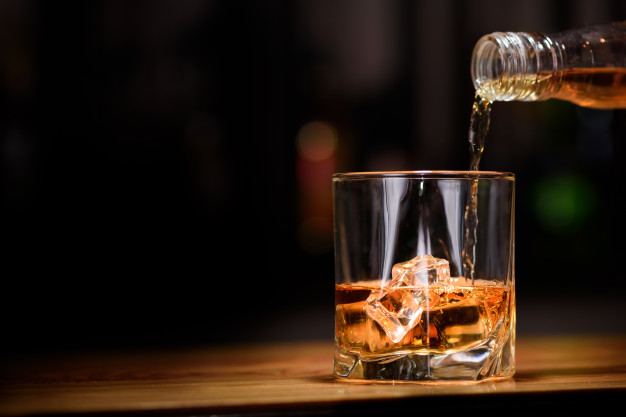
A fascinating fact about the man whose name is written on more than 220 million annually sold bottles carrying over 150 million liters of whisky is that he was a teetotaler, somebody who never drinks alcoholic drinks. This however did not stop him from specializing in spirits sales especially rum, brandy, gin, and whisky. Following the 1823 Excise Act that regulated and imposed strict laws on whisky distillation while greatly reducing the taxes on distillation and sales, Walker found his calling and started dealing only in whisky.
4. Walker’s Kilmarnock Whisky
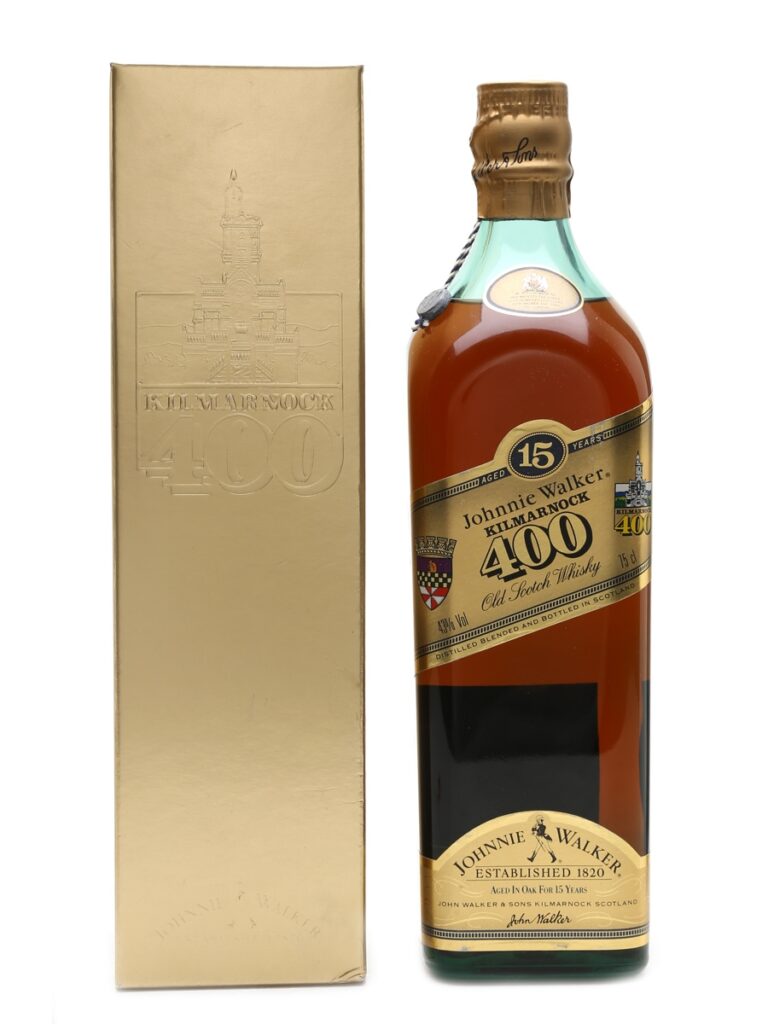
This was the name of Johnnie’s first blend, a drink that became very popular following years of selling only made-to-order whiskies to please customer requirements which were often highly specific. The name Walker’s Kilmarnock Whisky appeared on labels after John was already an established name in the whisky industry, so he decided to switch to only selling one and the same blended malt.
5. Two Alexanders and a George

John Walker, the founder of the company, passed away in 1857 and it was his son Alexander Alec Walker and grandsons Alexander Walker II and George who took it to new heights and established their father’s and grandfather’s recipe as a favorite brand. When the blending of malt whiskies with grain whiskies was legalized in 1860 following The Spirits Act, the modern variety of Scotch whisky was born and nothing was the same.
6. The Bottle and the Label
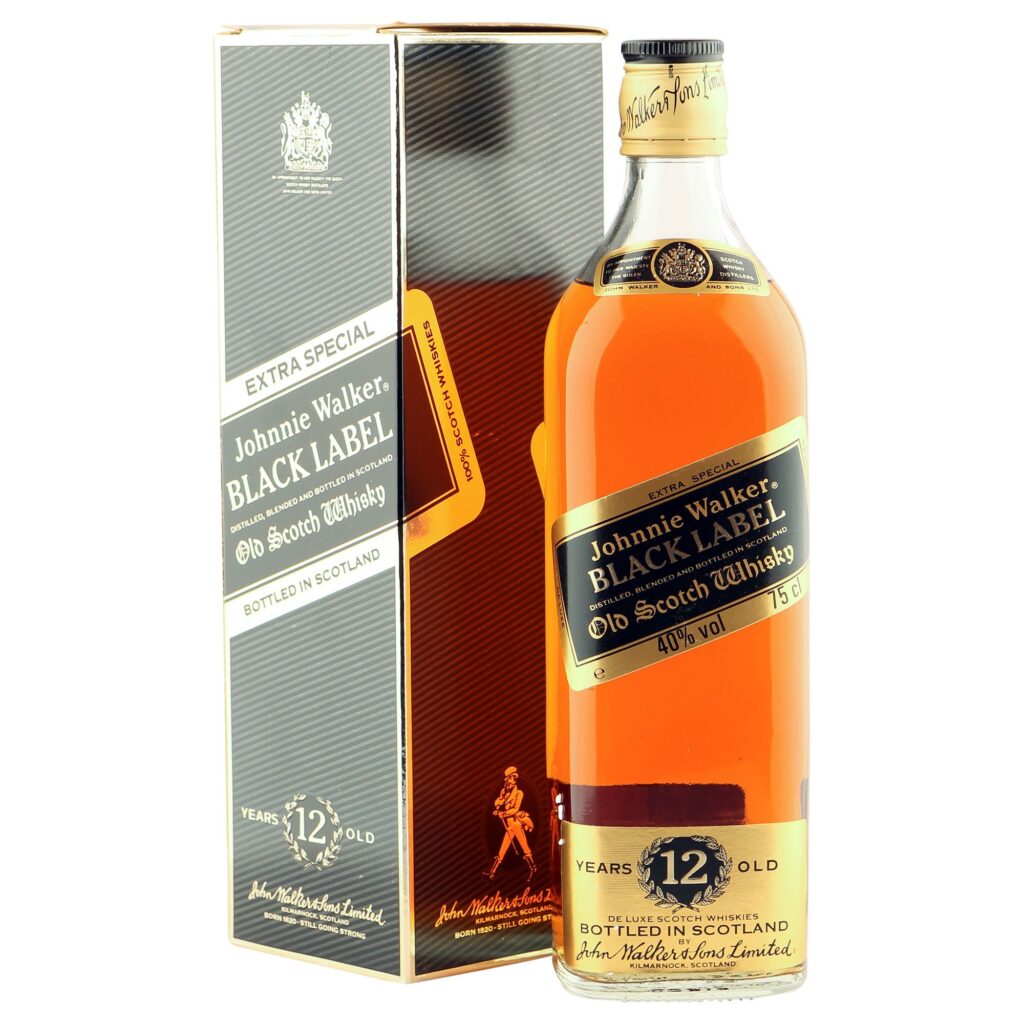
The now-legendary square bottle that Johnnie Walker whiskies still utilize came in 1860 when Alex Walker wanted to fit more bottles and have fewer broken ones in boxes and crates. The second most popular feature of the whisky, also the invention of Alec, was the angled label that sits 24 degrees upwards from the left side to the right. This made the text on the label more readable, visible, and larger, and it instantly made the whisky more recognizable in pair with the square bottle, unheard of at the time.
7. The Railway was Crucial
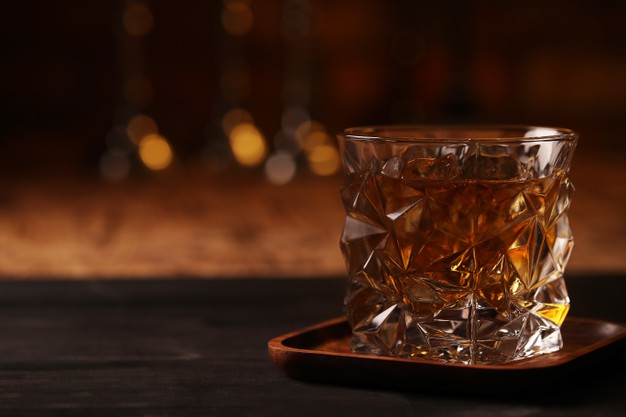
The eventual arrival of the railway to Kilmarnock, the crucial way of traveling and distribution of goods back then, meant that Alex could use his business savvy in more ways than one. This helped the company reach 100,000 gallons or 450,000 liters per year for the next two years. In 1865, the first commercial blend was made that carried the name Old Highland Whisky.
8. In Come the Colors and the Mascot
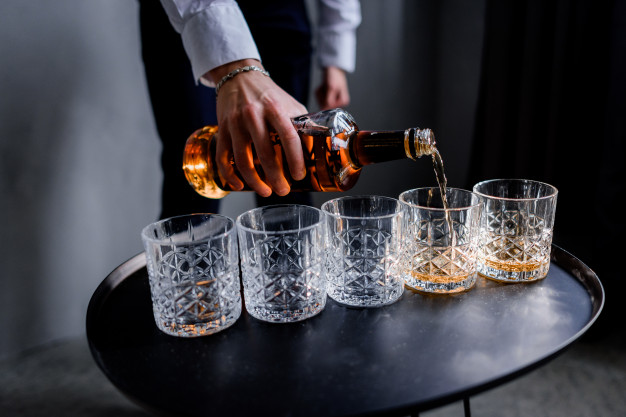
Today, people know the Johnnie Walker brand for its many colorful labels that are all different. Until 1909, Alexander II and his brother George sold three labels, Old Highland (white, 5 years old), Special Old Highland (red, 9 years old), and Extra Special Old Highland (black, 12 years old). After the 1909 rebranding, the labels started to feature the iconic mascot of the Striding Man, doodled by the famous cartoonist Tom Browne. The Old Highland was renamed Johnnie Walker White Label (now 6 years old), the Special Old Highland was rebranded as Johnnie Walker Red Label (now 10 years old), and the Extra Special Old Highland became Johnnie Walker Black Label (swill 12 years old). In 1997, the Green Label Johnnie Walker Pure Malt 15 Year Old appeared, simply called Johnnie Walker Green Label from 2004. Gold Label came in 2013 as a special Centenary Blend, the Platinum Label (Johnnie Walker Aged 18 Years) replacing it in 2017. The most expensive and premium blend to this day is the Blue Label, launched in 1992. It is among the most expensive Scotch whiskies in the world with different limited editions ranging from US $174 to US $450.
Bonus Facts
- There is a bottle of Johnnie Walker worth $22,577.44 which is a blend of 45- to 70-year-old whiskies.
- The oldest surviving bottle has a snake inside.
- For over a decade Guinness owned the brand after it first joined Distillers Company in 1925, which was then bought by Guinness in 1986. Guinness then merged with Grand Metropolitan in 1997 to form the current owners.
- The current owner is Diageo plc, a British multinational beverage alcohol company.
- The original Kilmarnock plant shut down in 2012, and it was demolished in 2013.








